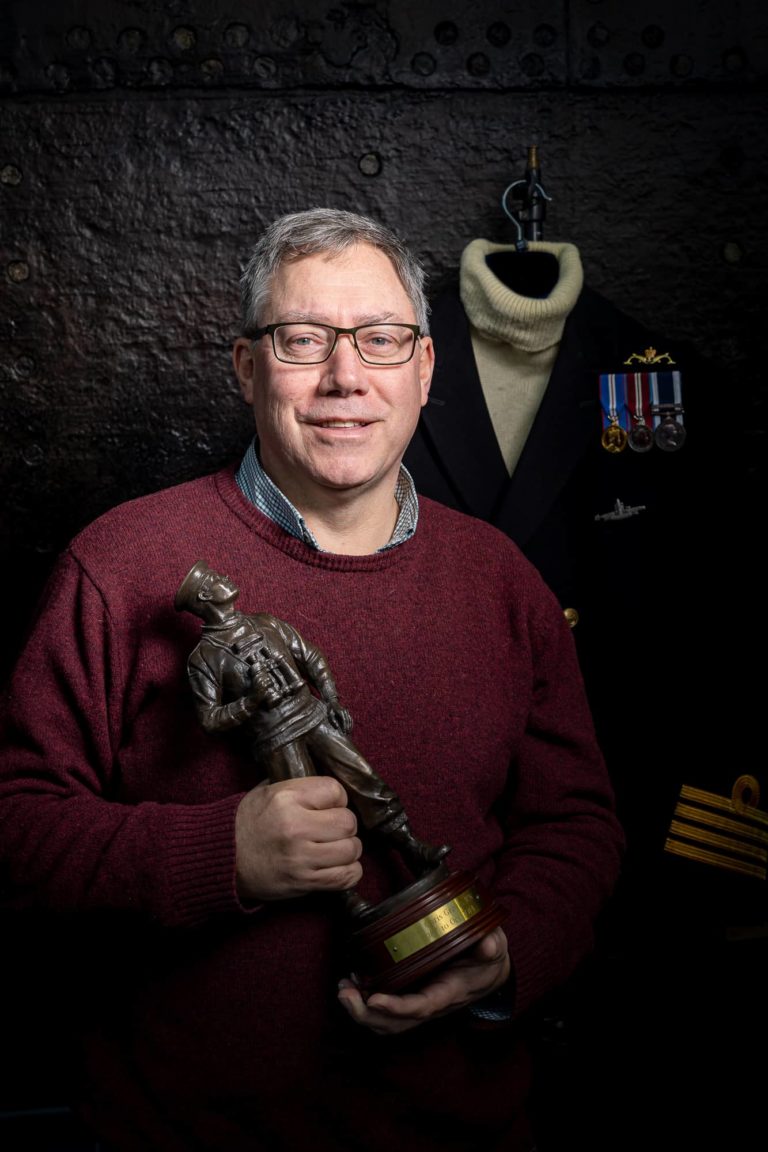Chris Groves – Types of Officer
Well, you can specialise as an Officer as well, so you can be a Weapons Engineer or you can be a Marine Engineer, or you could be a Logistics Officer, but I chose to join the Navy as a Seaman Officer, what’s now called a Warfare Officer, and so Seaman Officer, or the Executive Branch was the only Branch that could have Command of the submarine, or a ship, but Command of a submarine, and so as a Warfare Officer you spend your life on the Bridge or in the Control Room for the vast majority of your career, moving up through the various positions.
Starting off with the less responsible roles but usually important in terms of correspondence and looking after the casing of the submarines, the outside metal covering of the submarine if you like and doing various seamanship elements and you’ll be the Divisional Officer to a group of Ratings also so, I had a lot of the Sonar Ratings and some of the Junior Weapon Engineers were in my division.
You then move up through the various positions in the submarine, so what tends to happen is you get a piece of training, you go off and do your first job and get some experience using that training, and then you then go ashore for a further piece of training back at the Submarine School generally, and then you move up to the next kind of position of responsibility.
So, in submarine terms, we used to do what’s called the ‘Officer’s Training Course’, go and do your first job, come back, do your Intermediate Warfare Course which prepares you to be a Navigator and to be effectively the Second Officer of the Watch, so supporting the Officer of the Watch in the Control Room when dived, and you would then, once you had done that role, you’d go back to the Submarine School.
You’d then do the Advanced Warfare Course which then prepared you to be the Watch Leader or the Officer of the Watch in a submarine. And once you’d done those three courses and those three jobs, you’re then in a position where you’re able to be selected to go and do the Submarine Command Course. Most people do some other jobs in between those sea jobs.
Some people do more than one of those sea jobs before they move on to their Warfare Courses and a lot of people do shore roles and broadening jobs in between so, it’s not as simple as saying three courses, three jobs and go to Submarine Command Course. You’re usually picking up quite a bit of other experience along the way.






